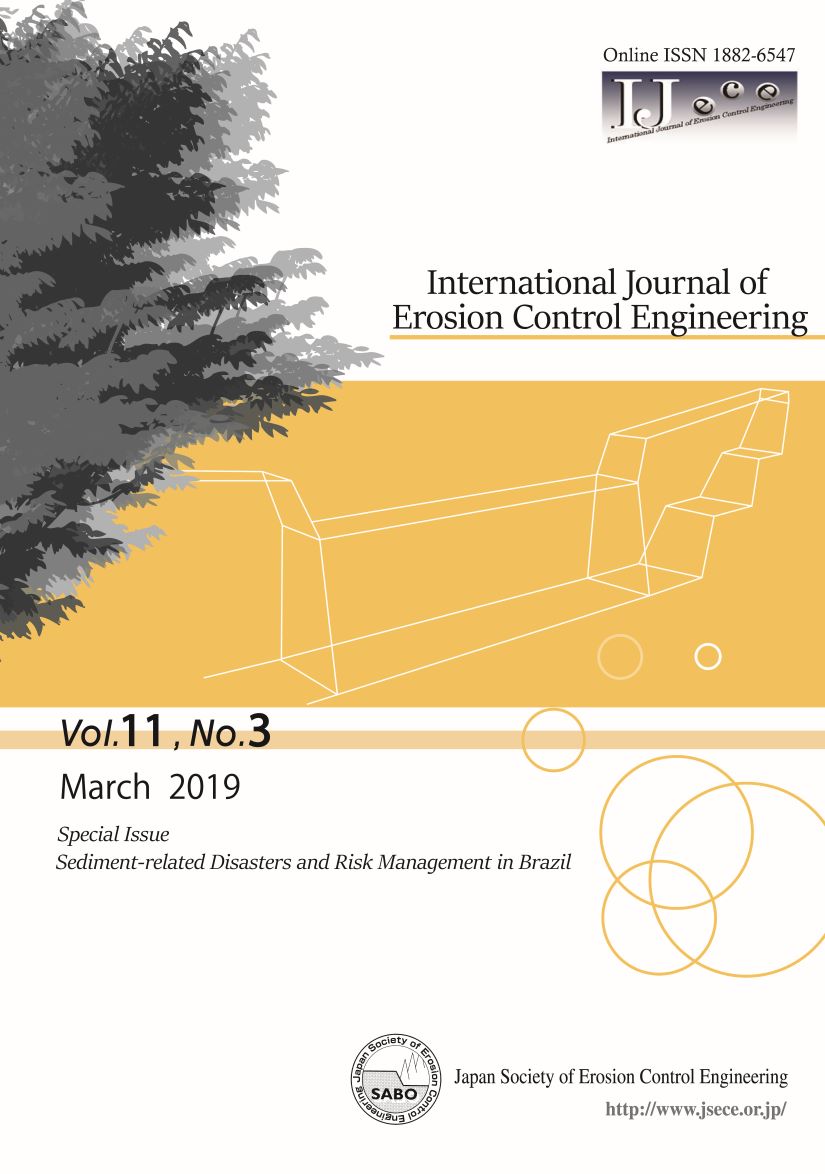Volume 11, Issue 3
Sediment-related disasters and risk management in Brazil
Displaying 1-8 of 8 articles from this issue
- |<
- <
- 1
- >
- >|
Preface
-
2019Volume 11Issue 3 Pages 38
Published: March 12, 2019
Released on J-STAGE: March 12, 2019
Download PDF (401K)
Invited Commentaries
-
2019Volume 11Issue 3 Pages 39-50
Published: March 12, 2019
Released on J-STAGE: March 12, 2019
Download PDF (1785K) -
2019Volume 11Issue 3 Pages 51-53
Published: March 12, 2019
Released on J-STAGE: March 12, 2019
Download PDF (572K)
Original Article
-
2019Volume 11Issue 3 Pages 54-62
Published: March 12, 2019
Released on J-STAGE: March 12, 2019
Download PDF (1236K) -
2019Volume 11Issue 3 Pages 63-72
Published: March 12, 2019
Released on J-STAGE: March 12, 2019
Download PDF (1579K)
Reviews
-
2019Volume 11Issue 3 Pages 73-84
Published: March 12, 2019
Released on J-STAGE: March 12, 2019
Download PDF (1141K) -
2019Volume 11Issue 3 Pages 85-93
Published: March 12, 2019
Released on J-STAGE: March 12, 2019
Download PDF (833K)
Disaster report
-
2019Volume 11Issue 3 Pages 94-102
Published: March 12, 2019
Released on J-STAGE: March 12, 2019
Download PDF (1334K)
- |<
- <
- 1
- >
- >|
